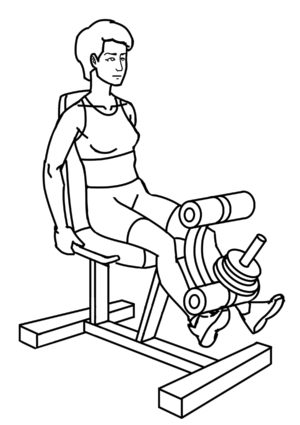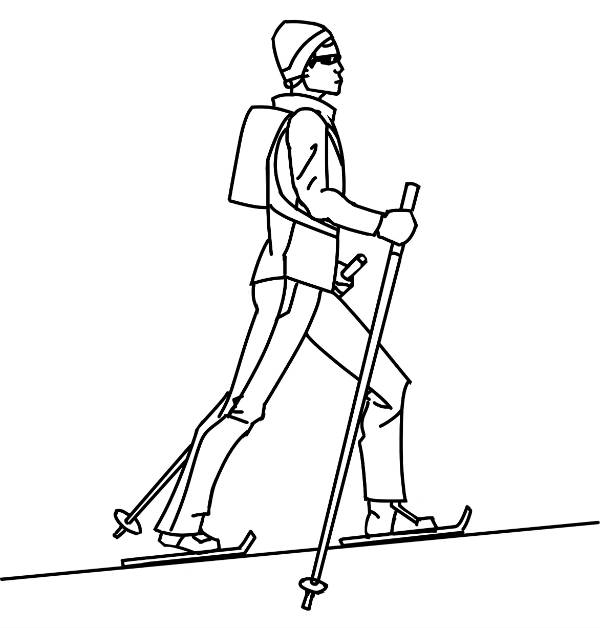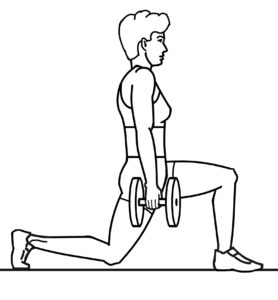Train Movements, Not Individual Muscles
Jul 13, 2017
Please enjoy an excerpt from my book, Winning the Injury Game, available on Amazon.
Sports performance is the result of coordinated movements. Casting a fly rod, spiking a volleyball, paddling a boat, skiing moguls, and hiking up a mountain all require multiple muscles that must together in a specific sequence to create action. Because muscles and joints typically do not work separately, they should not be trained in isolation. Instead, they work in a “chain reaction,” as Gray described earlier, using the body as a unit. In other words, as authors Vern Gambetta and Gary Gray note, “Training individual muscles isolates and breaks the kinetic chain. Training movements integrates and improves the function of the kinetic chain.”
Clearly, an integrated approach is better. Here's an example. Let’s focus on strength training for your quadriceps, the muscles on the front of your thighs. One option to build quadriceps strength is the quadriceps extension exercise. In this exercise, you sit in a machine. Then, you lift a weight. See Figure 12-10 for a visual of this.
Figure 12-10. The quadriceps extension machine is a single-joint, non-weight bearing exercise.
This exercise mainly works the quadriceps by extending the knee joint. There is little to no involvement from the hip above, ankle below, or opposing hamstrings muscles on the back of the leg. But think about this. In sports and life, there are not going to be many instances where you are only using your quadriceps muscles to straighten your knee while seated with your feet off the ground. Additionally, in many sports, you are not going to be using your quadriceps together in the same motion. Instead, one leg will be going forward while the other is going back. For an example, note the snowshoeing image in figure 12-11.

Figure 12-11. While snowshoeing up a hill, you are using your quadriceps in a split-stance position. One leg moves forward and the other moves backward.
Instead of using a quad extension machine, build your quads with a more effective exercise. One example is doing a lunge on the ground. See Figure 12-12 for an image.

Figure 12-12. The lunge closely mimics the demands of life and sports.
This is clearly different than the quadriceps extension machine, which isolates the muscle. Instead, the lunge incorporates many joints and muscles that must work together simultaneously. When they do, they produce a fluid movement. What's another benefit? The lunge is weight bearing, which is a key aspect of functional training. Also, it requires body awareness, balance, and aligned posture. Finally, when you lunge, you are engaging in tri-planar movements and eccentric contractions. What does all of this mean? Basically, it's a much better exercise!
You can vary and change up lunge exercises as your strength, balance, and coordination improve. For example, you could place an unstable surface like a Bosu® ball under your front or back foot. You could also incorporate upper body rotation and resistance. In fact, there are numerous possibilities.
Doing a lunge instead of using a quad extension machine is just one example of changing out an isolated exercise for an integrated one. I chose this example to demonstrate the differences between the two kinds of exercises. So, instead of trying to build one muscle at a time, try a different approach! Try an exercise that balances everything out!
Stay connected with news and updates!
Join our mailing list to receive the latest news and updates from me.
Don't worry, your information will not be shared.
We hate SPAM. We will never sell your information, for any reason.

